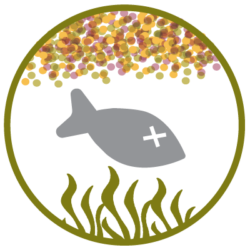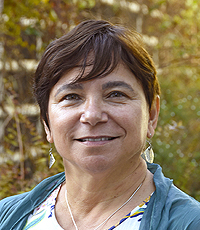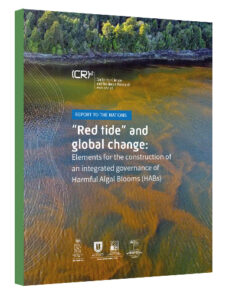CROSS-CUTTING THEME
Harmful algal blooms (HABs)

In Chile, harmful algal blooms (HABs) have been described as natural events, mostly concentrated in the Patagonian fjords and channels and apparently increasingly frequent and in clear spatial expansion. Faced with this, the Chilean State has focused efforts on both health and socio-economic issues through monitoring programs on the Chilean coast, to safeguard human lives and manage the proper management of marine resources.
The initial review shows that there is significant progress in the study of the HABs in Chile. However, the way to address them has been scattered, unsystematic and without integrating or relating the key aspects of the problem (for example, causes, consequences, responses deployed from different sectors of society, governance system). This suggests that further progress would be achieved if the efforts developed from different institutions and disciplines were coordinated, as well as by integrating the work of the academy with civil society and private sector. This would not only optimize the use of available resources, but would also contribute to the development of more effective strategies for prevention and mitigation; generating and/or improving forecasting and early warning systems, and designing governance models that allow a better response to impacts.
Most definitions of HAB describe it as an excessive and short-term proliferation of a certain species of microalgae, without addressing the real dimension of the impacts and response of society. Assuming this complexity, the CR2 team has agreed on the following definition of the phenomenon: “Harmful algal blooms are a natural process that leads to changes in the composition and structure of the planktonic community due to multifactorial causes, where one of its members (whether or not it is a toxin producer) reaches higher abundance values (above a mean value) in a short period of time, producing negative systemic impacts on the coastal socio-ecosystems against which the State and society, as a whole, must respond with adequate governance to mitigate and lessen said impacts”.







